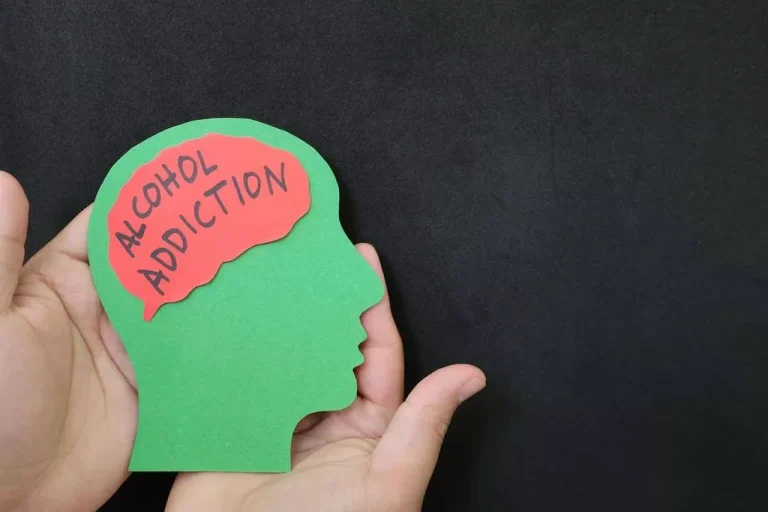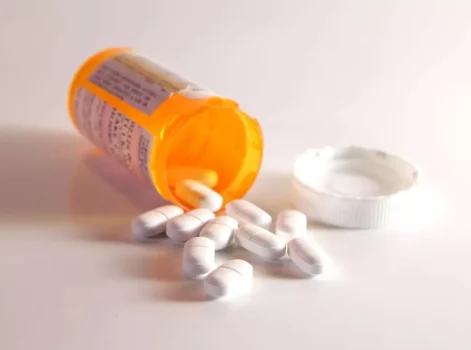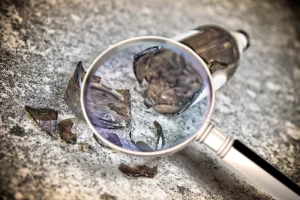
And sooner is better than later — at age 12, only 1 in 10 children say they have tried alcohol, but by age 15, 1 in 2 have tried it. Additionally, responsible behavior about alcohol can actually set a good example for children. So, when young adults turn 21 and can legally choose to have a drink, they know what responsible behavior looks like.
Binge Drinking
The Family CAGE is a modified version of the commonly used CAGE questionnaire that simply broadens the standard CAGE items to include “anyone in your family” (Table 5). One can use the Family CAGE questions to provide a proxy report regarding another individual, teenage alcoholism such as a parent or an older sibling. The usual mechanism of death from the alcohol overdose syndrome is respiratory depression, and artificial ventilatory support must be provided until the liver can eliminate sufficient amounts of alcohol from the body.
Teen Risk Factors for Alcohol Misuse

Large quantities of alcohol, especially when consumed quickly and on an empty stomach, can produce a blackout, or an interval of time for which the intoxicated person cannot recall key details of events, or even entire events. (14) Ingested orally, alcohol is absorbed rapidly from the stomach, small intestine, and colon and distributed throughout all body fluid. Teenagers often rebel against their parents but if they hear the same information from a different authority figure, they may be more inclined to listen.
Where to learn more and find support

This is not simply a problem for some families—it is a nationwide concern. The consequences of underage drinking can affect everyone—regardless of age or drinking status. The best prevention is proactive education that is clear and concise about the dangers of teen alcohol abuse. Arm your teen with the information and knowledge they need to help them make the right decision from the start. Just as risk factors don’t predict misuse, you can’t predict which protective factors will be most impactful for your teen, but you can provide these resources.
- If you’re worried about your teen using alcohol, it may be tempting to take an extremely strict approach or overemphasize the risks of alcohol use.
- It’s important to go over any issues you’ve discussed about the dangers of alcohol – and make sure you stick to the rules and consequences you’ve agreed.
- For some adolescents, thrill-seeking includes experimenting with alcohol use.
- If needed, don’t hesitate to seek treatment for your child’s mental health or a substance abuse problem.
- Try seeking help from a sports coach, family doctor, therapist, or counselor.
- Brain imaging and studies of event-related potentials have demonstrated subtle but significant abnormalities in brain structure and function.
- Additionally, the NIAAA notes that people who start drinking before age 15 are more than three times as likely to develop AUD as an adult than people who waited until age 21 to start drinking.
- The power of such gentle, nonaggressive persuasion is widely recognized in clinical writings.
- Help is always available and if you think your teen needs help, call The Recovery Village to speak with a representative about a comprehensive and personalized teen alcohol treatment plan that best meets the needs of your child.
Explain your concerns and make it clear that your fears come from a place of love. Your child needs to feel you are supportive and that they can confide in you, since underage drinking is often triggered by other problem areas in their life. As disturbing as it can be to find out that your child or teen has been drinking, it’s important to remember that many teens try alcohol at some point, but that doesn’t mean they automatically have an abuse problem. Your goal should be to discourage further drinking and encourage better decision-making in the future. Talking to your teen about drinking is not a single task to tick off your to-do list, but rather an ongoing discussion.

The alcohol content of brewed beverages is measured in terms of the percentage of alcohol (weight to volume), whereas the content of distilled beverages is measured in terms of proof units, which varies in different countries. A conventional 12- to 14-oz bottle of beer, a 6-oz glass of unfortified wine, a 4-oz glass of sherry, and a single 1.5-oz shot of whiskey or distilled spirits will contain equivalent amounts of alcohol. Each of these beverages is considered a standard drink, which contains roughly 14 g of pure alcohol. Millions of readers rely on HelpGuide.org for free, evidence-based resources to understand and navigate mental health challenges. Acknowledging you have a problem with alcohol is not a sign of weakness or some kind of character defect.
Data from imaging studies show that the brain continues developing well into the twenties, during which time it continues to establish important communication connections and further refines its function. Many believe that this lengthy developmental period may help to explain some of the behaviors characteristic of adolescence, such as the propensity to seek out new and potentially dangerous situations. For some adolescents, thrill-seeking includes experimenting with alcohol use. Developmental changes also may offer a possible physiologic explanation for why teens act so impulsively, often not recognizing that their actions—such as drinking—have consequences.
Treatment and Prevention
Research studies continually show that there is significant influence from alcohol advertising to youth and the decision to drink alcohol during the adolescent years. With modern communication, the influence of underage drinking is not just from traditional forms of media, such as TV, movies or songs, but the influence of social media and advertising on social media can be very intense and constant. The relationship between a teenager’s intention to drink and their preference for alcohol and media advertising is undeniable. Adolescents who abuse alcohol may develop an alcohol use disorder and require teen alcohol treatment.

